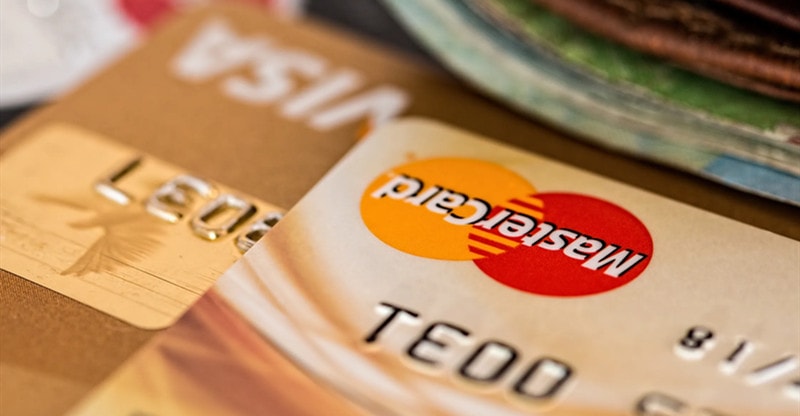4 Easy Ways to Recycle Your Debts in 2020
Debt recycling is a strategy that many people use to offset their non-tax-deductible loans so that they can reduce the amount of taxes they pay on their income, which is actually being used to pay off the said loan.
There are a number of ways that a person can recycle their debts so that they are not left with a large debt or higher tax payments. Some of the ways will require applying for another type of loan that is actually tax-deductible, while others lower taxes using equity from the asset that you bought using the non-deductible loan.
1. Line of Credit
This is one of the most popular methods to recycle debt into being tax-deductible. To do this, you need to pay a portion of your loan off. Then you need to apply for a line of credit, which is kind of like a credit card with an ever-changing limit depending on how much you pay off from your loan.
For example, if you pay off 20,000 from your loan, that will be the limit that you can draw from your line of credit. Reading further about what is debt recycling, and how you can benefit the most out of doing it, is going to help you understand exactly how you can start the process.
You can find out whether it is possible to recycle debt in the country you live in and what the best way to proceed is. You can use the credit available for investments that generate tax-deductible income that you can use to pay off your debt.
2. Investing In Shares
One of the fastest ways to get rid of a loan that cannot be tax-deductible is to invest in other assets that are tax-deductible. This is going to ensure that you offset the amount of money you pay for taxes because of the loan.
If you decide to invest in shares of stock, you can either do so by taking out an investment loan, or use your savings. Either way, you will then be able to use the income generated from these investments to get rid of your debt as soon as possible.
3. Selling Assets
You can easily reduce your taxes and debts by selling off assets and using the profit you get to either pay off enough debt so that you can go through with debt recycling. You can also use the profit as equity to invest in businesses, commercial property, or stocks to ensure that it is tax-deductible.
The most important thing is to invest the money without any detours to avoid any issues that may crop up in terms of taxes.
4. Taking Interest Only Loans
This is a very similar process to the line of credit method, but with the added benefit of having a lower interest rate. Interest-only loans are quite popular, but they are usually only available for five years maximum. Basically, what you need to do is pay off a chunk of the loan, then you can apply for the loan to be separated from the equity, i.e. the chunk you paid.
By splitting the loan, you can easily redraw the chunk you paid off and invest it in shares that provide you with dividends. Now the debt you have is still as it was in the beginning, value-wise, but a considerable amount is tax-deductible. You can continue using this method until your entire loan is tax-deductible.
Using these four ways, you will be able to recycle your debts in practically no time and end up lowering the amount of taxes you pay exponentially. Even if the concepts seem complex at first, you can simply keep going through them and even contacting a financial advisor if necessary.
You will be an expert at getting rid of your debts and avoiding extra taxes in a legal manner using these debt recycling methods sooner than you think.



